Agricultural plastic film | Environmentally friendly degradable film | Self adhesive protective film
Conductive film | High barrier cling film | Heat shrink film
Welcome to Changzhou Hefeng Packaging Materials Co., Ltd!
Agricultural plastic film | Environmentally friendly degradable film | Self adhesive protective film
Conductive film | High barrier cling film | Heat shrink film
Optical coating technology is a core technology in the field of optics. It precisely controls the reflection, transmission, and interference behavior of light at the interface of the medium, endowing optical components such as lenses with "superpowers" - from improving imaging quality to protecting component life. Its applications cover many fields such as consumer electronics, aerospace, medical equipment, etc. This article will analyze the mysteries of optical coating from multiple aspects, including basic concepts, the core role of optical coating, typical coating processes, and introductions to well-known coating equipment manufacturers.
1、 What is optical coating?
Optical coating refers to the process of depositing one or more layers of metal or dielectric thin films on the surface of optical components (such as lenses). The thickness scale of this thin film is usually between nanometers and micrometers, and the materials include magnesium fluoride (MgF ₂), silicon dioxide (SiO ₂), titanium oxide (TiO ₂), etc. The core principle is based on the interference effect of light: by precisely controlling the thickness and refractive index of the film, specific wavelengths of reflected light cancel each other out, thereby reducing reflection loss and improving transmittance (for example, the transmittance of coated lenses can be increased from 85% to over 95%).
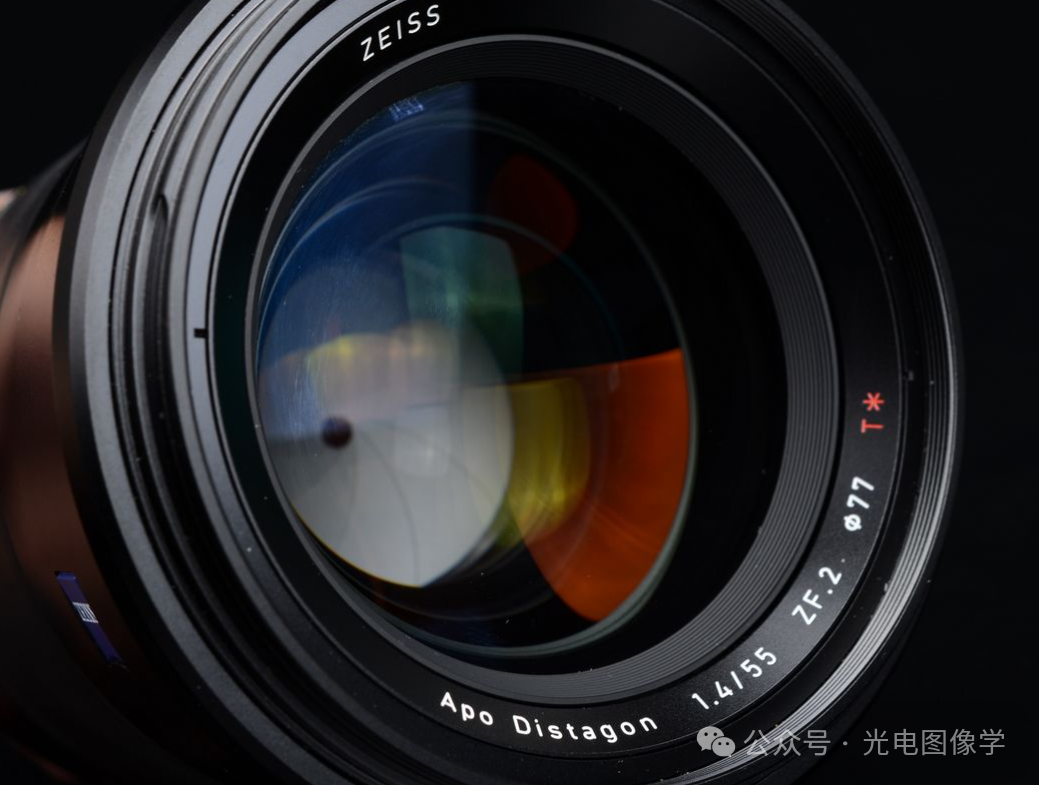
2、 Why do we need coating?
1. Light energy loss issue: Uncoated glass lens surfaces reflect about 4% -10% of incident light, and lens systems composed of multiple lenses may only have a transmittance of 50%.
2. Eliminate stray light interference: Reflected light forms stray light inside the lens, causing glare and ghosting, reducing contrast and color reproduction. Coating technology can suppress such interference.
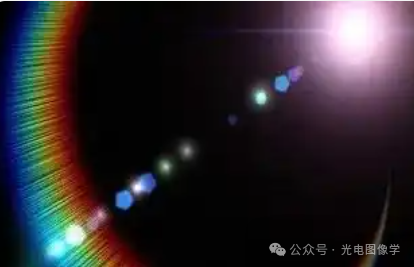
3. Environmental challenges: Lenses are susceptible to scratches, oil stains, and UV erosion, which can shorten their lifespan.
4. Function expansion: such as beam splitting, polarization, UV resistance, etc., to meet the needs of emerging fields such as laser and AR/VR.
3、 The core function of coating
1. Anti reflection and anti reflection: A single-layer anti reflection film can reduce the reflectivity to 1.5%, while multi-layer coatings (such as Pentax SMC) can even reduce it to as low as 0.2%, with a high transmittance of 99.8%.
2. Suppressing glare: By using the principle of interference to eliminate stray light, typical cases such as Zeiss T * coating can increase glare suppression rate by 30%.
3. Color balance: Selective transmission of specific wavelengths, such as Canon Super Spectra Coating - a coating technology that suppresses light reflection, reduces ghosting and glare, and adjusts the color balance of each lens (such as achieving color consistency through compensation layers such as amber/purple).
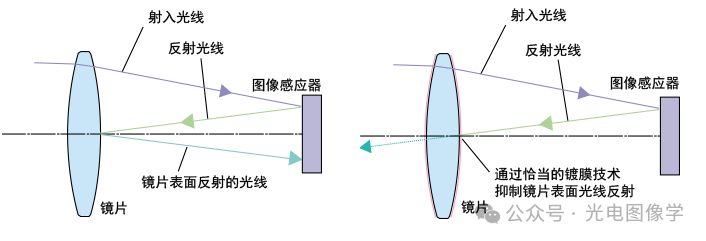
Image source: https://m.canon.com.cn/product/ef/info/info6.html
The micro lens surface of digital camera image sensors has high light reflectivity, making it more prone to random reflections inside the lens compared to film cameras. EF lenses are coated with multiple layers on the inner surface of the lens to suppress random reflections between lenses. The light reflected by the image sensor can directly penetrate the lens and be emitted, thereby minimizing glare and ghosting.
4. Physical protection: Adding a hard film (such as zirconia) to enhance wear resistance, and a hydrophobic film (fluoride) to achieve waterproofing and anti fouling.
4、 Classification of Coatings and Common Coating Materials
1. Classified by function:
Anti reflective film (AR film): By utilizing the principle of interference and cancellation of light, such as a quarter wavelength thickness of magnesium fluoride film, specific wavelength reflections can be eliminated, and the transmittance can be increased to 99.5%.
High reflectivity film (HR film): used for laser mirrors, with a reflectivity of up to 99.8%, ensuring efficient transmission of laser energy.
Filter film: selective transmission or reflection of specific wavelengths, such as the application of infrared cut-off filters in mobile phone cameras.
Spectral film: It divides incident light into transmission and reflection in proportion and is used in microscopes and projection systems.
2. Classified by process method:
Physical vapor deposition (PVD): including vacuum evaporation (low cost) and magnetron sputtering (high precision), suitable for metal and oxide films.
Chemical vapor deposition (CVD): thin films are generated through chemical reactions, suitable for complex compounds such as silicon nitride.
Ion assisted deposition (IAD): Introducing an ion beam in vacuum coating to enhance film density and adhesion, used for high-end lenses.
3. Common coating materials:
Silicon dioxide (SiO ₂)
Features: Excellent high-temperature stability, high transparency (UV to near-infrared band), low refractive index (1.45), and strong multi-layer adhesion.
Application: The core material of anti reflection film and anti reflection film, widely used in optical lenses, laser devices, and microelectronic components.
Titanium dioxide (TiO ₂)
Characteristics: High refractive index (2.4-2.9), UV resistance and photocatalytic activity, adjustable color and reflectivity.
Application: Eliminate glare (glasses, camera lenses), self-cleaning coatings, and enhance solar cell efficiency.
Magnesium fluoride (MgF ₂)
Characteristics: Low refractive index (1.38), wide transmission band (120nm-8 μ m), high temperature resistance and mechanical strength.
Application: The preferred anti reflective material for laser mirrors, precision optical instruments, and ultraviolet film systems.
Fluoride coating
Features: Excellent weather resistance, low surface energy, stain resistance, and support for multi wavelength reflection control.
Application: Scratch resistant coating for automotive glass, corrosion-resistant industrial coating.
Germanium (Ge)
Characteristics: High refractive index (4.0), infrared transmittance (2-14 μ m), and chemical stability.
Applications: Infrared filters, thermal imaging equipment, and anti reflective coatings.
metal coating
Features: High reflectivity (aluminum, silver, etc.), wide band applicability.
Application: Reflectors, solar collectors, and decorative coatings.
Dielectric coating
Characteristics: Control light waves through interference effects, reduce reflection and enhance transmission.
Application: Improve display screen contrast and optimize optoelectronic device efficiency.
5、 Typical coating process flow
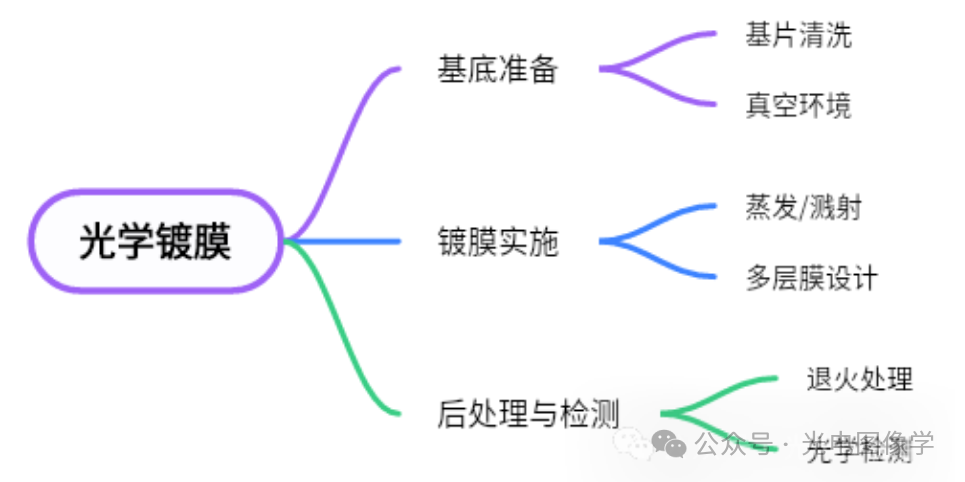
1. Base preparation
Cleaning: Ultrasonic cleaning removes oil stains, plasma activation enhances adhesion.
Vacuum environment: The vacuum degree is usually at the level of 10 ^ -3~10 ^ -5 Pa to avoid impurity contamination.
2. Coating implementation
Evaporative coating: Heating the target material to a gaseous state and depositing it on the substrate, suitable for single-layer anti reflective films.
Sputtering coating: High energy ions bombard the target material, sputtering atoms to deposit a film with nanometer level accuracy.
Multilayer film design: By alternately depositing materials with different refractive indices (such as SiO ₂ and TiO ₂), broadband anti reflection or spectroscopy can be achieved.
3. Post processing and detection
Annealing treatment: eliminates film stress and improves stability.
Optical testing: spectrophotometer measures transmittance/reflectance, atomic force microscope analyzes film uniformity.
6、 Typical Application of Coating Technology
Typical membrane applications
Anti reflective film: The film thickness is λ/4 (λ is the target wavelength), using destructive interference (such as 550nm green light anti reflective film reflecting purple light). Canon subwavelength structure coating (SWC) uses a nano wedge structure to achieve a reflectivity of<0.05% on lenses with high curvature.
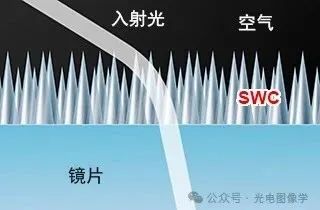
Superhydrophobic membrane: biomimetic lotus leaf surface, contact angle>150 °, used for waterproof drone lenses.
Infrared cut-off film: The mobile phone camera filters out infrared interference and improves color accuracy (such as the blue glass IRCF in the iPhone main camera).
Multi layer coating of camera lens: Canon's "Super Spectral Coating" eliminates visible light reflection across the entire wavelength range by alternately depositing 7-8 layers of film, increasing the transmittance to 99%. The Sony G Master lens is coated with fluoride, which provides both stain and scratch resistance.
High reflectivity film for laser mirrors: using alternating deposition of SiO ₂ and Ta ₂ O ₅, with a reflectivity of over 99.9%, and capable of withstanding high-power laser irradiation.
Nano level coating for AR glasses: Diamond like carbon (DLC) coating increases light transmittance to 98%, while achieving a hardness of 9H, extending service life.
7、 Classification of Coating Equipment and Examples of Coating Manufacturers
1. Example of Classification of Coating Equipment Types
| Device Type | Characteristics and Application |
| Vacuum evaporation coating machine | Low cost, but slightly lower uniformity of the film layer |
| Magnetron Sputtering Coating Machine | High precision, uniform film layer (used for semiconductors and high-end optical components) |
| Ion beam assisted coating machine | Combining ion bombardment to enhance film adhesion (suitable for aerospace lenses) |
| Roll to roll coating machine | Continuous production of flexible substrates (such as anti reflective films for mobile phone screens) |
Welcome to Changzhou Hefeng Packaging Materials Co., Ltd!
Mobile phone: 15895061333
Email: 115555372@qq.com
Address: Moujia Village, Zhenglu Town, Tianning District, Changzhou City
Copyright © 2025 Changzhou Hefeng Packaging Materials Co., Ltd